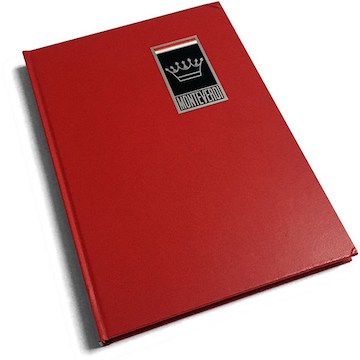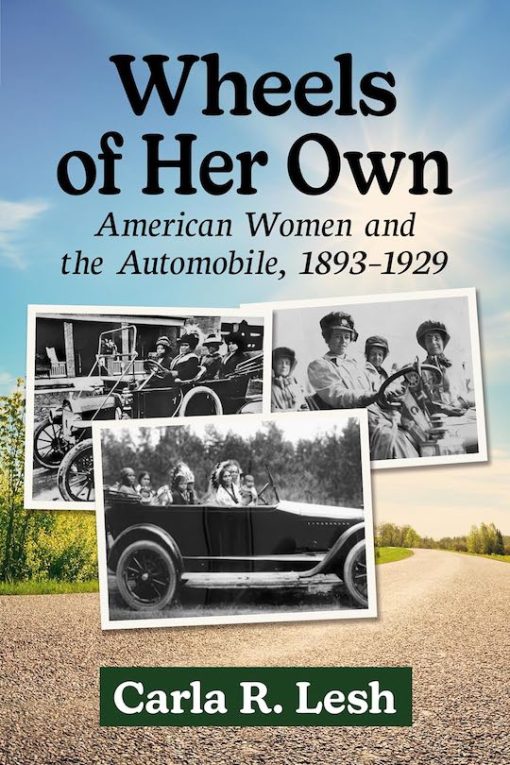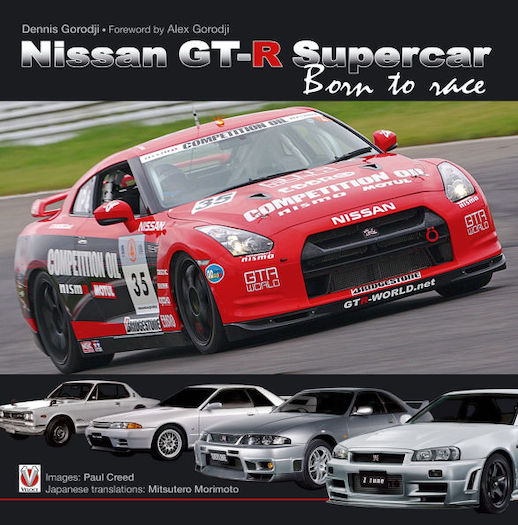Vehicular Engine Design
 by Kevin L Hoag
by Kevin L Hoag
This is a graduate school textbook intended as an overview of what will be required of design engineers specializing in auto and light truck engines once they hire on with a major vehicle manufacturer. Fuel and ignition systems are not included in this volume, those topics being covered separately elsewhere.
Over the years manufacturers have built up a long list of sequential design steps to avoid product failures in the field. This book includes both the engineering required for component durability as well as the concept-to-production validation processes involved.
The result is science in action applied across the board to all engine components based upon the required vehicle type/performance as determined by the anticipated end customer’s expectation of use and purchase price; a three-way balancing act between production cost versus durability versus expected sales and income.
To his credit, author Hoag stresses that “strong practical experience” and “engine testing and careful visual assessment remain critical aspects” that are still needed to successfully design an engine (beyond knowing how to do professional engineering analytical studies). The book is designed for professional engineers, and is intended not as an engineering text per se, but rather as a 42-month process guide for determining what to do and when to do it. The end goal is to have the first vehicle purchased by the first customer be totally satisfactory with no ugly durability or performance surprises in store for either the manufacturing company or the new vehicle owner.
Not meant to encourage thinking out of the box, this book instead presents established standard design parameters used by successful vehicle manufacturing companies, and is a guide on how to do what is already accepted industry practice. In short, this book represents the wisdom of the ages passed down to aspiring engine designers/engineers. The book tells you what to look for, but not how to figure it out from an engineering standpoint. You are assumed to already have that knowledge. This makes the book readable by non-engineers because it doesn’t get bogged down in the finite element or boundary element analysis required before rig testing to determine, for example, if dipstick tube vehicle-induced loads due to bumpy terrain will break the cast-into-the-block cantilevered dip-stick mounting pad. Instead, it lists all the steps required to avoid such an embarrassment. In this sense, the book can be interesting to the non-professional. What, exactly, is involved in mass-producing an auto engine that doesn’t blow up or wear out, and is inexpensive to make? Read this book and you will know.
Of particular interest to this reviewer was the “Recommendations for Further Reading” section at the end of each chapter. This listing is basically a compilation of papers written by and for engineers covering current thinking about everything from shot peening to studies on connecting rod fatigue, an overview of casting technology, and other esoteric topics meant to keep the midnight oil burning in lonely graduate school student windows. Dull stuff? Not if you’re interested in the latest thinking on some aspect of engine design!
Well written for a textbook, it lays out the engine design and manufacturing process in a clear, precise and, to me, interesting manner. Minor typos exist mostly in the charts, but are not particularly noticeable in the text itself. The book is published by Springer-Verlag in Austria, but written in English by Kevin Hoag, who teaches at the Engine Research Center at the University of Wisconsin–Madison. The book is composed of a Preface and 17 Chapters covering, just to name a few, Engine Development Process, Block Layout and Design, Engine Bearing Design, Crankshafts and Connecting Rods, and Camshafts and the Valve Train. A short but suitably comprehensive Subject Index finishes off the book.
Copyright 2010, Bill Ingalls (speedreaders.info).


 RSS Feed - Comments
RSS Feed - Comments






































































 Phone / Mail / Email
Phone / Mail / Email RSS Feed
RSS Feed Facebook
Facebook Twitter
Twitter